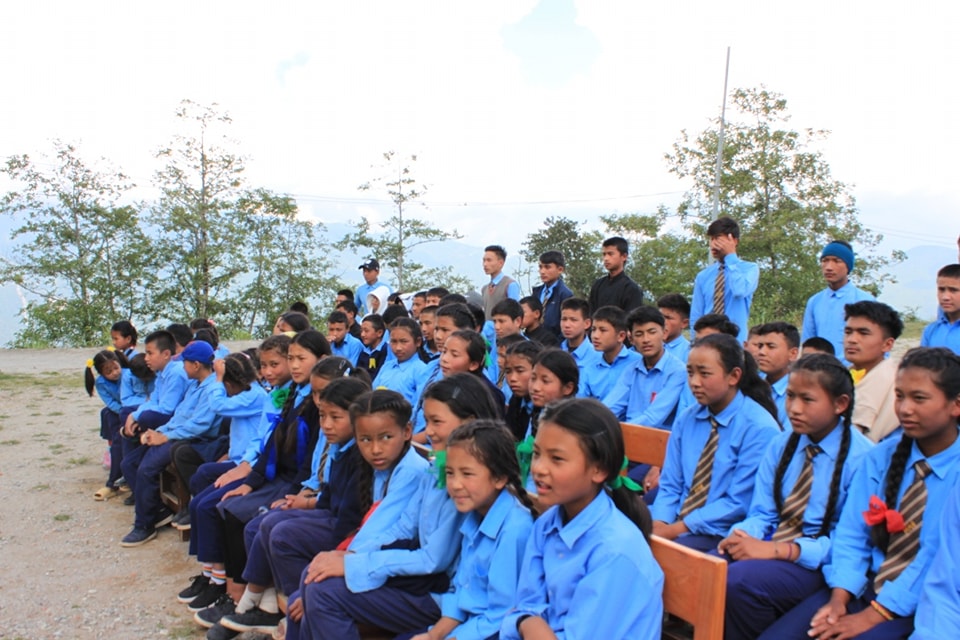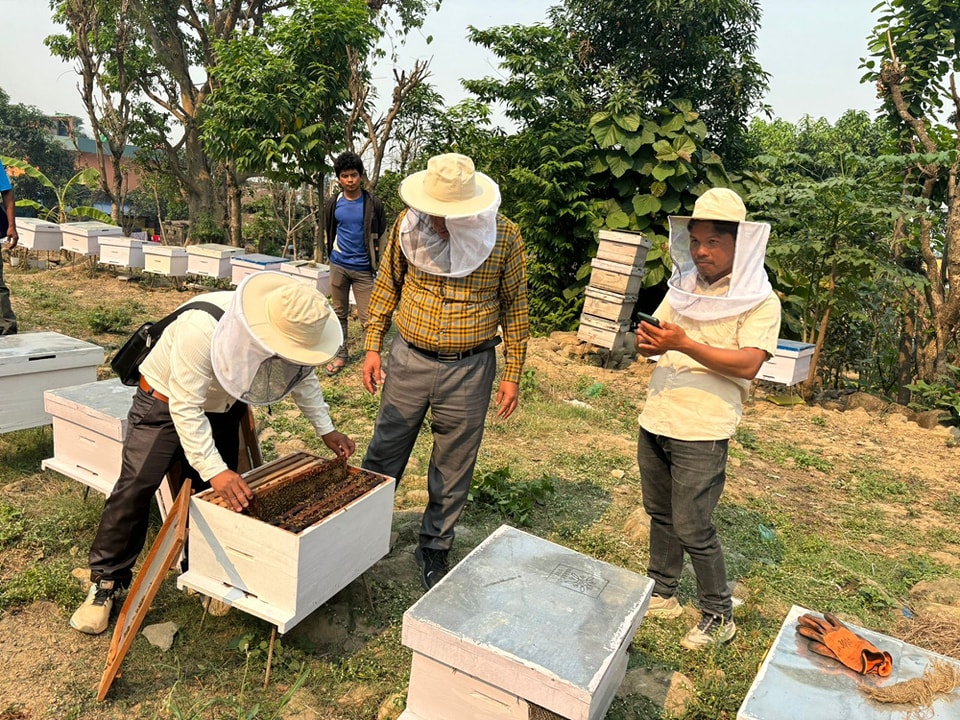Jun 12, 2024

The National Living Standards Survey 2011 reveals that approximately 41.8% of Nepal's population lives below the poverty line, with a significant portion residing in rural areas engaged in agricultural activities. According to the 2011 census, Nepal had 5.37 million children in primary and lower secondary age groups, with girls comprising 48.9% and boys 51.1%. However, women, particularly Dalit rural women, face a higher risk of inadequate education, with only 12% of Dalit women reported as literate.
Nepal's history includes an armed conflict from 1996 to 2006, resulting in over 13,000 deaths and significant disappearances. The conflict stemmed from grievances related to poverty, exclusion, feudalism, and the caste system. The preamble of Nepal's new constitution commits to eliminating discrimination based on class, caste, religion, language, region, and gender.
In addition, Nepal faced a devastating earthquake on April 25, 2015, causing over 9,000 deaths and extensive damage to infrastructure, including over 35,000 classrooms. Gender disparities persist in education, with a higher proportion of girls not attending schools, especially in the Terai region. Out-of-school children are disproportionately from disadvantaged backgrounds, including Dalit communities and those with disabilities.
The education sector in Nepal faces challenges of corruption, inefficiency, and inadequate resources, affecting the quality of learning environments and student experiences. Access to education is hindered by factors such as teacher appointment fraud, discrimination, and lack of infrastructure maintenance. Furthermore, the COVID-19 pandemic has exacerbated existing educational inequalities, leading to increased dropout rates and learning loss.
Nepal's education quality indicators rank among the lowest globally, with significant numbers of children and adolescents out of school. Illiteracy rates are high, particularly among women, contributing to Nepal's low educational attainment rankings compared to other countries. This situation contradicts Nepal's constitutional and educational strategy objectives, which prioritize universal access to education.
World Vision Advocacy Forum (WVAF) has been actively involved in educational initiatives since 2008, with current projects focusing on sustainable teacher training, governance structure capacity building in schools, provision of scholastic materials, school feeding, water, sanitation, and hygiene (WASH) initiatives, protection awareness, and alternative education systems for school dropouts.



